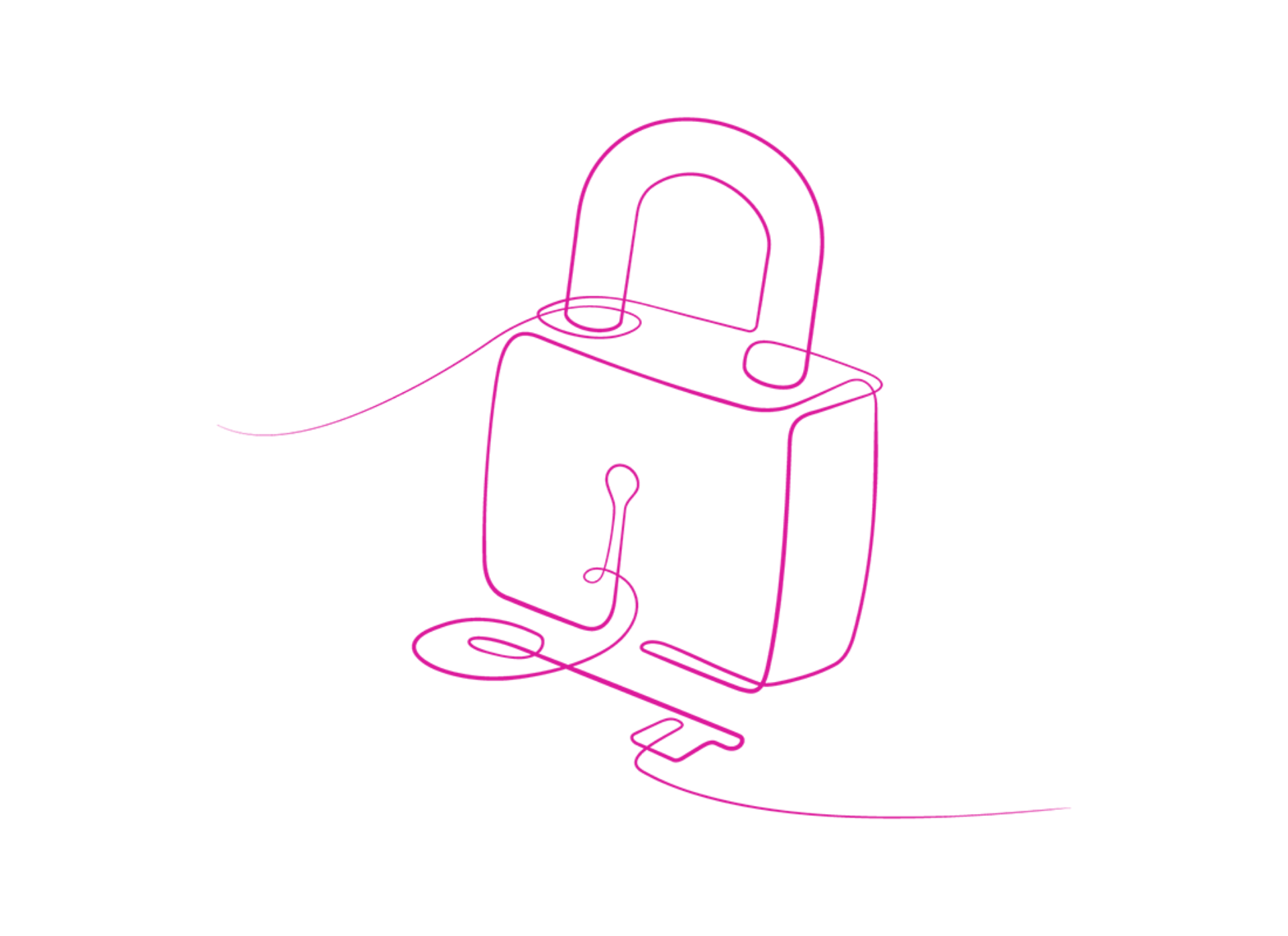Under these rules, a business may be required to obtain (and pay for) a computer forensic audit (if they are suspected to be the source of a breach event), and also subject to fines, penalties and loss assessments should they be the source of an actual breach.

We’ve provided information for you to better understand the structure of the payment card industry and to better enable you to discuss payment card industry exposures with your clients.
You can also learn more at the PCI Council.
PCI loss exposures are based on a contractual liability rather than tort law. Contractual liability means that an entity has legal liability because they have agreed to accept responsibility as a part of a contract with another entity.
A contractual chain of liability
The card brands, ie. Visa, Mastercard, American Express contract with banks. They contract with issuing banks and merchant banks. The banks agree to follow the card brand operating rules and to accept liability for failures to follow these rules. A bank may contract with the card brands to operate a both a merchant bank and an issuing bank.
The chain of liability continue to grow
Following the card brand operating rules, issuing banks issue cards to consumers. Merchant banks, on the other hand, contract with merchants and processors to enable them to accept or process payment card payments. The credit card processors will, in turn, contract with merchants.
This is important, because the merchant banks will hold the processors and merchants that it contracts with liable for following the card brand operating rules. Processors will hold the merchants it contracts with responsible for following the operating rules. You can’t “get in the game” if you don’t agree (contractually) to play by the rules and accept certain liabilities.
PCI Data Security Standards
The most important contractual requirement is to adhere to the PCI DSS. These are the rules that require merchant banks, processors and merchants to maintain specific security requirements to protect card data from being stolen. The PCI DSS are complex. They cover 12 different areas and have over 200 specific requirements. Depending on the number of card transactions that they process each year, merchants must certify compliance with PCI DSS by completing a Self Assessment Questionnaire (SAQ) or by paying an outside auditor to complete a Report on Compliance (ROC). Importantly, the responsibility to remain in compliance with the PCI DSS is continuous. Merchants must be careful to remain in compliance at all times.
Other contractual requirements
In addition to the responsibility to be in compliance with PCI DSS, merchants also generally agree to the following: